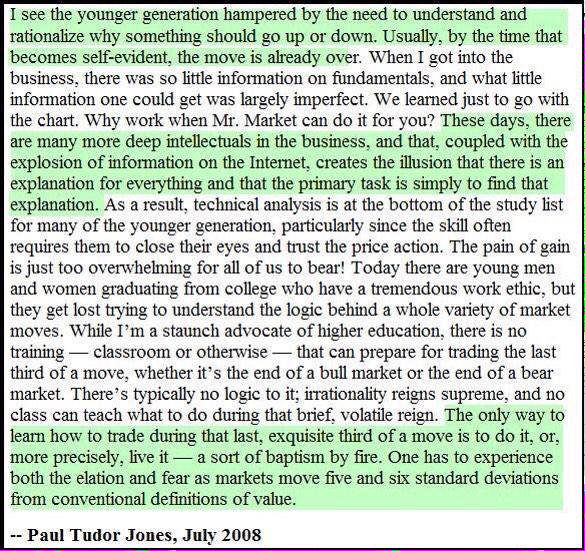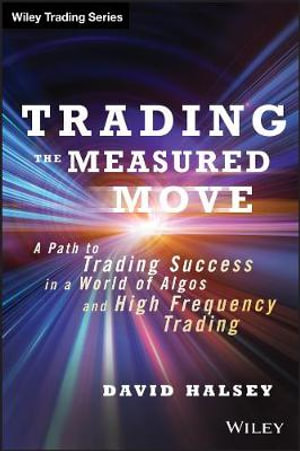Everyone knows that chasing price is usually not beneficial, we either end up catching the move too late, or we get poor trade location, which makes it more difficult to manage the trade.
However, there are other forms of chasing that are just as common, maybe more common, and just as counter-productive.
Traders who are not profitable are often too quick to chase after new set-ups and indicators, or a different chat room, if that’s your thing. Obviously, we need to have a trading edge, whether it is from the statistical perspective of a positive expectancy, or simply the confidence in a particular discretionary strategy such as tape reading, following order flow, market profile, etc.
Chasing a trade is the fear of missing out. The fear of missing out is associated with various emotions, including regret. There’s a lot of talk about fear and greed in trading, but the power of regret is often overlooked. Some of my own worst trades, and those of my clients, often have a ‘regret from missing a prior opportunity’ component. When I finally finish my book on the psychology of financial risk taking, I will include much about this overlooked but very powerful emotion.
Somewhat related to chasing a trade, is impulse trading. They both have in common the underlying feeling of the fear of missing out. It’s tempting for me to talk about impulse trading here, but it really deserves its own piece.




 David Halsey throws out the old notion of a measured move: that you copy an AB move up (or down) and paste it on a retracement low (or high) of C to get your price target D. In Trading the Measured Move: A Path to Trading Success in a World of Algos and High Frequency Trading(Wiley, 2014) he substitutes Fibonacci levels.
David Halsey throws out the old notion of a measured move: that you copy an AB move up (or down) and paste it on a retracement low (or high) of C to get your price target D. In Trading the Measured Move: A Path to Trading Success in a World of Algos and High Frequency Trading(Wiley, 2014) he substitutes Fibonacci levels.